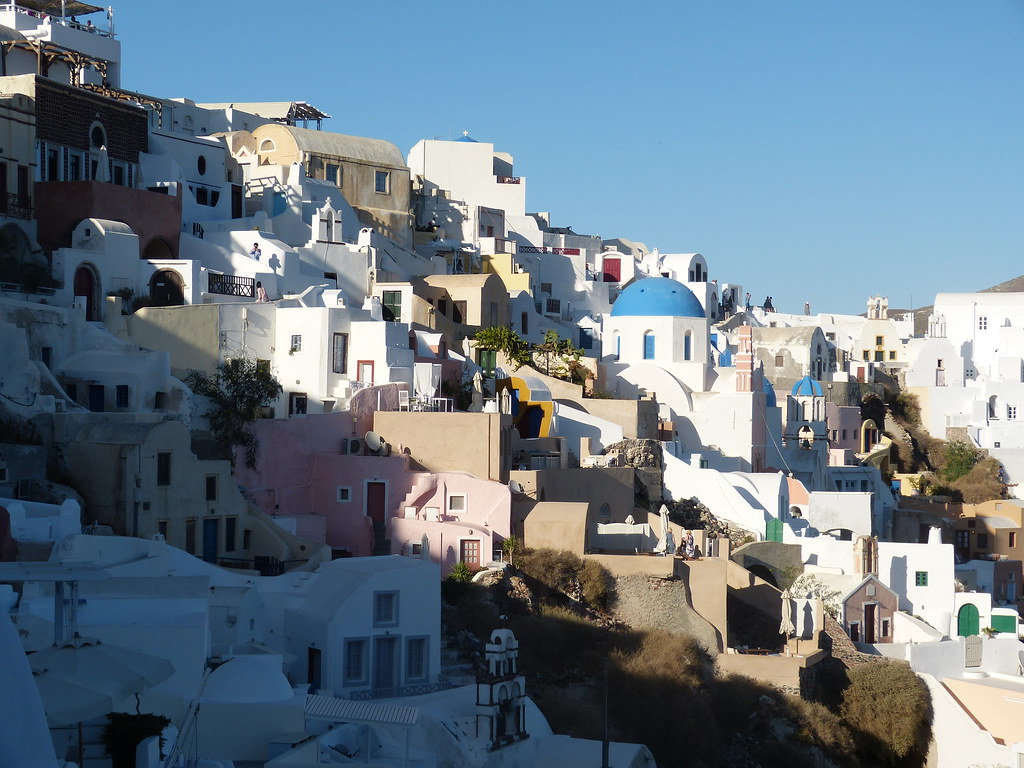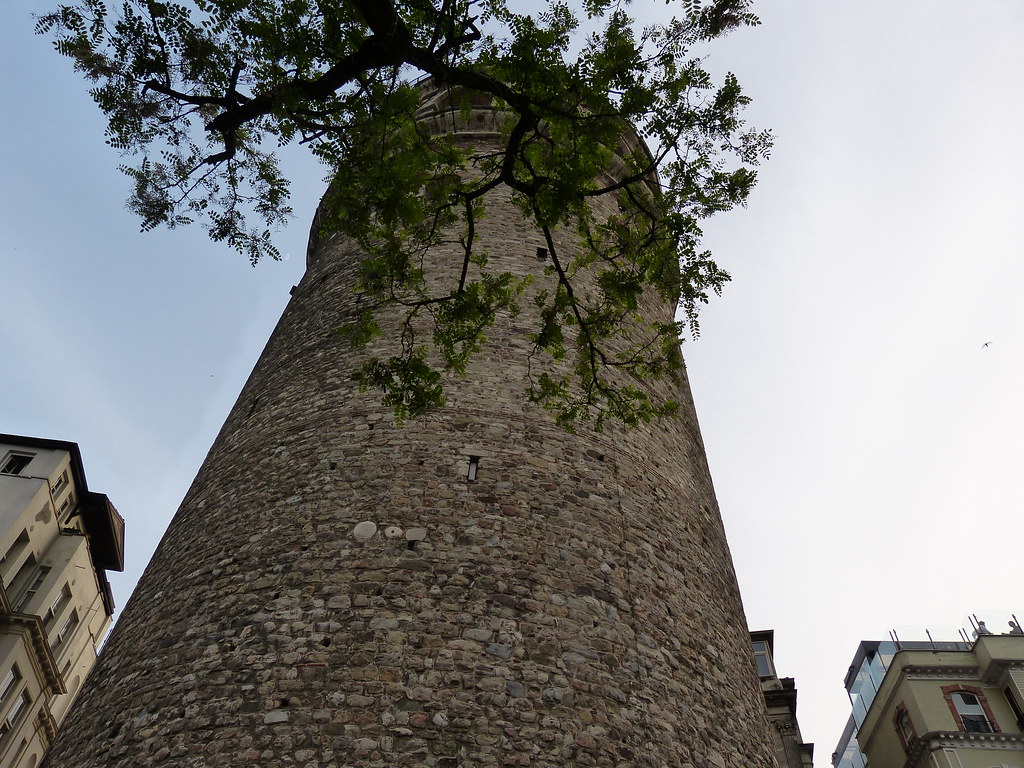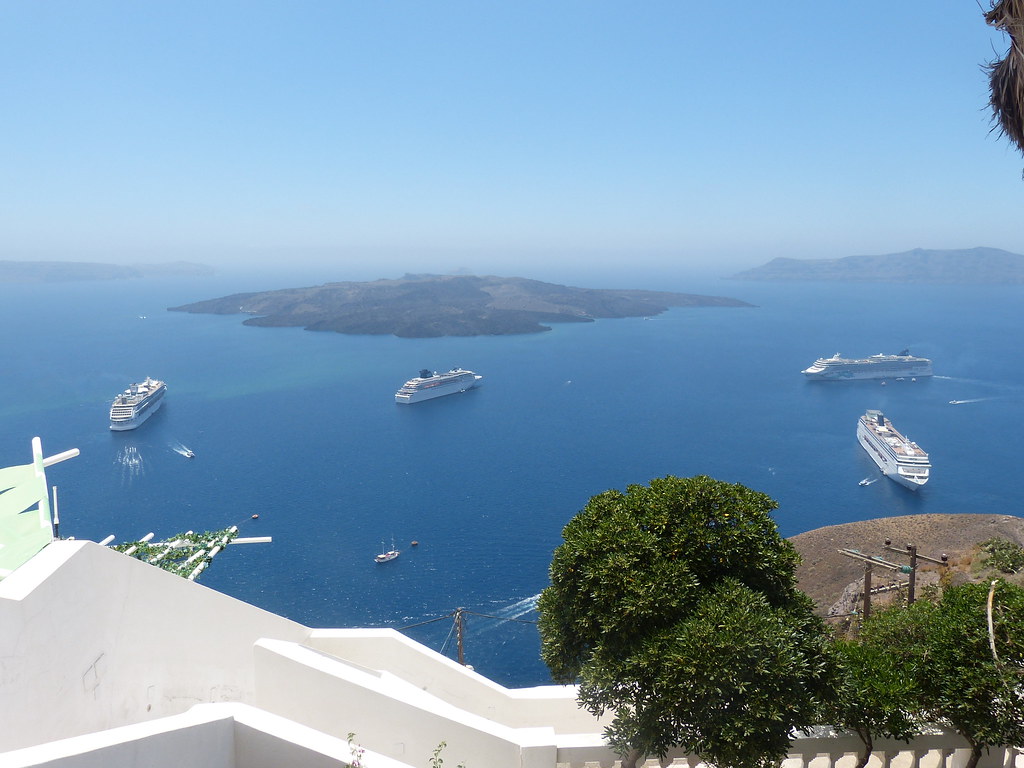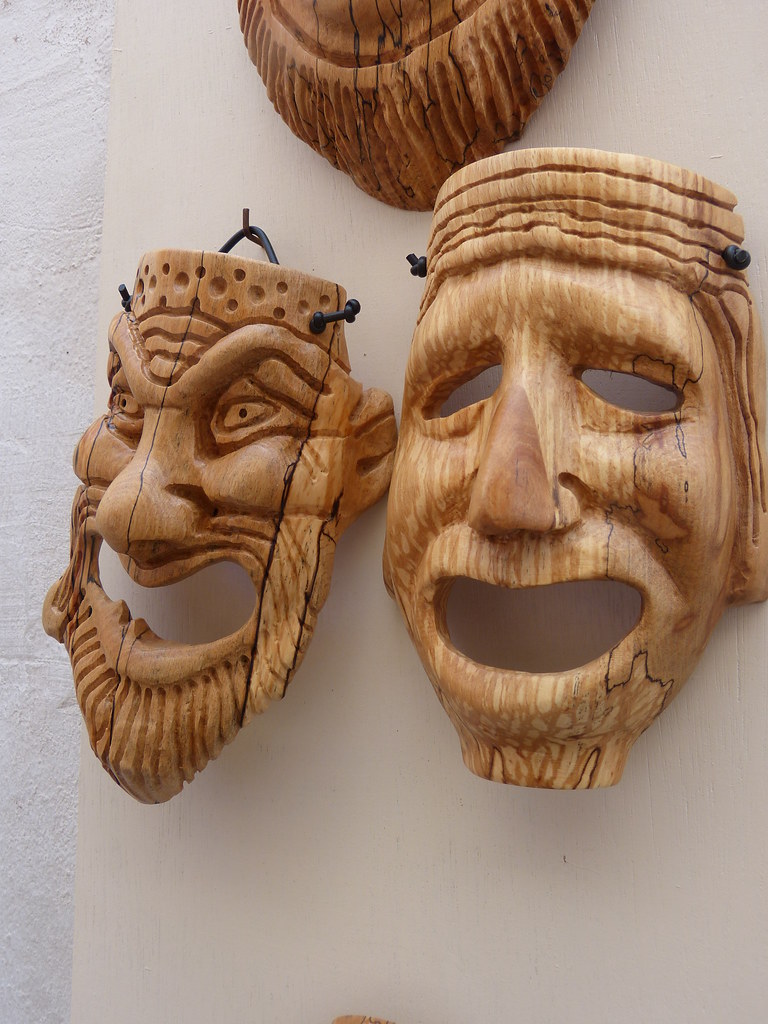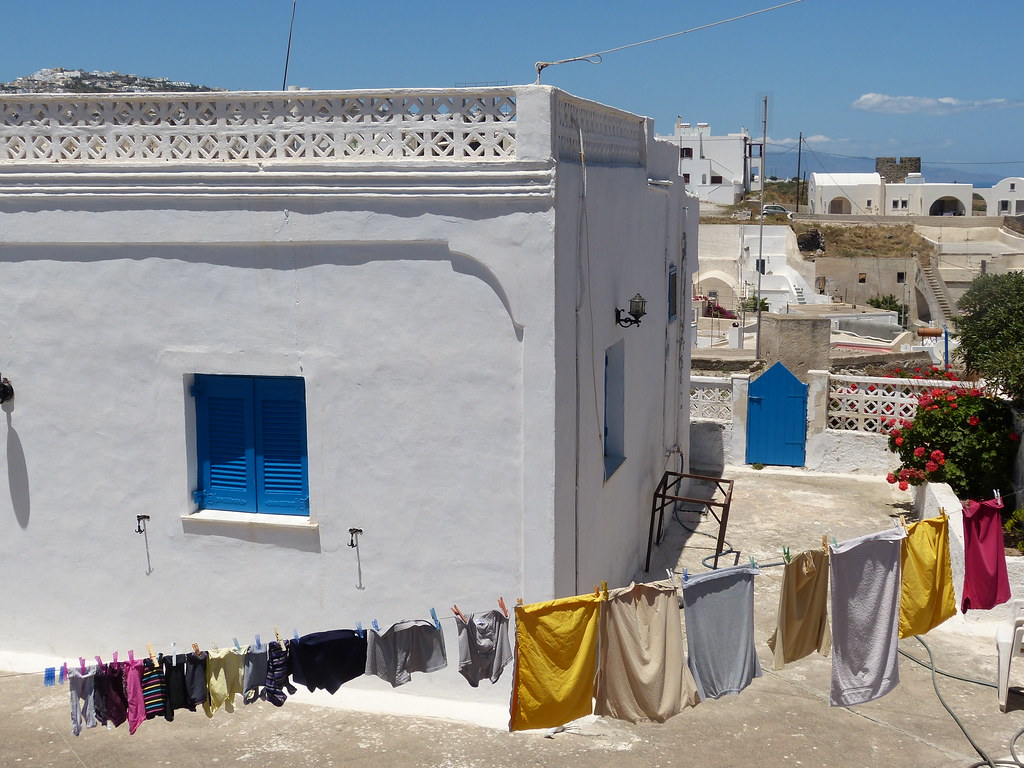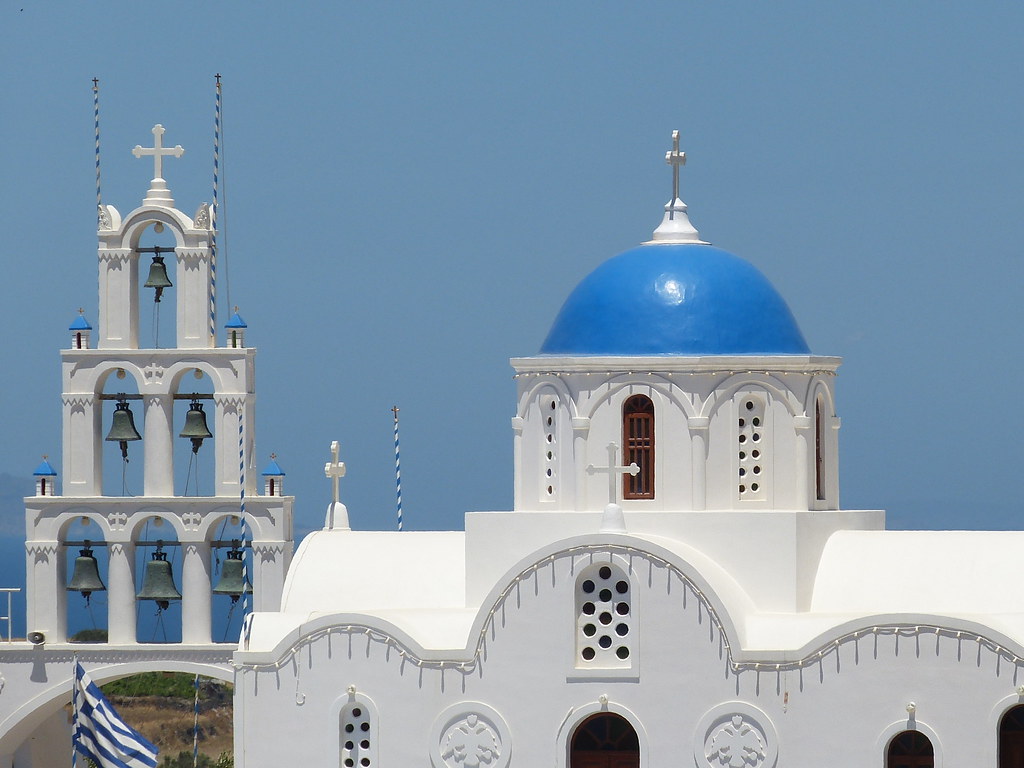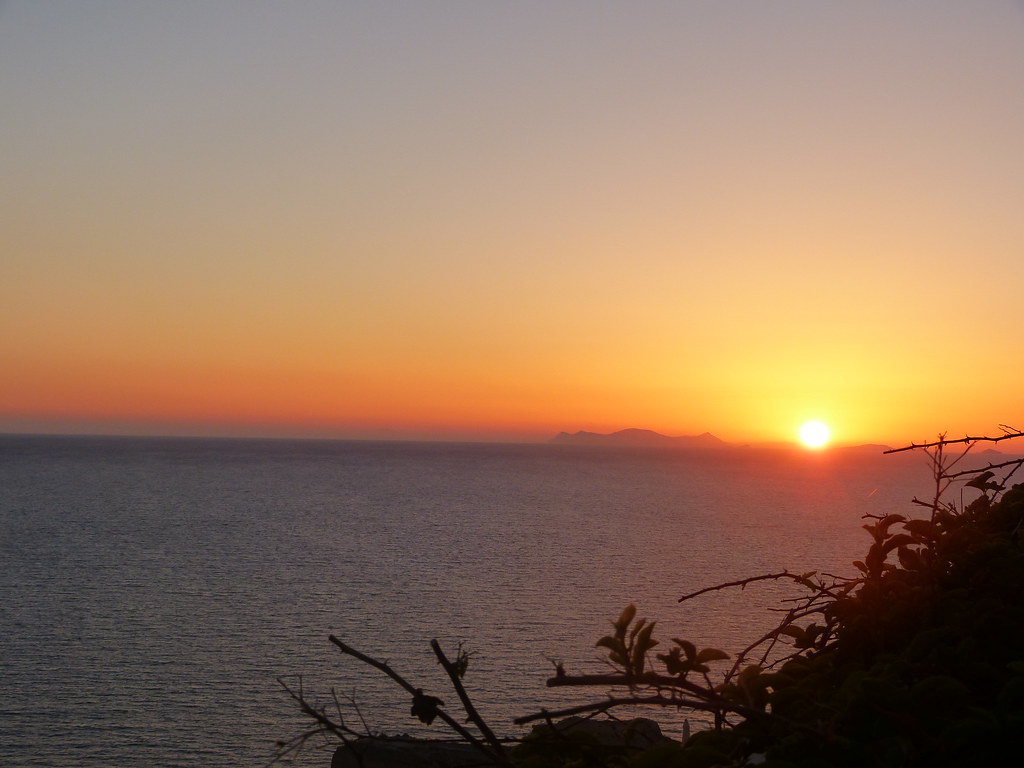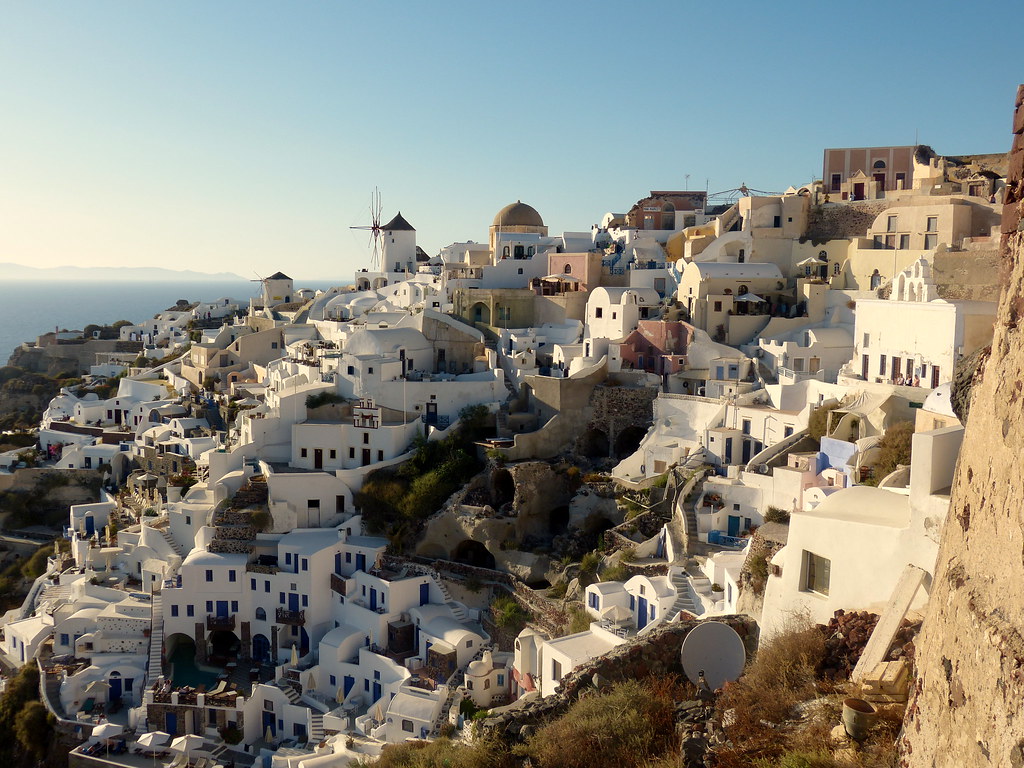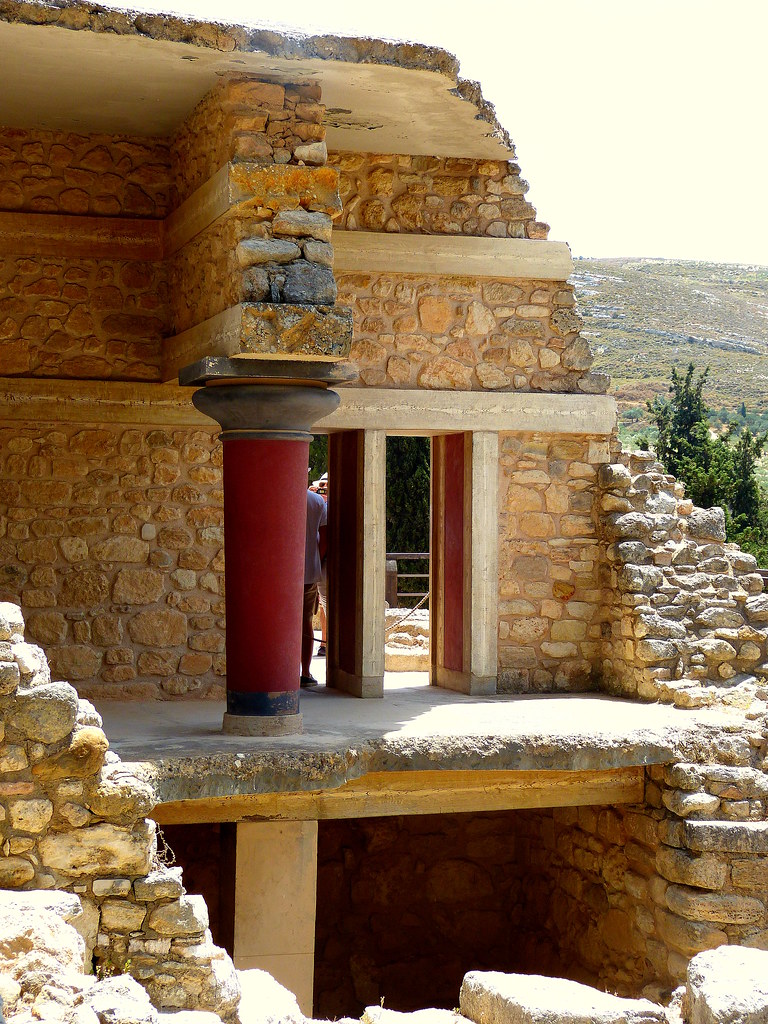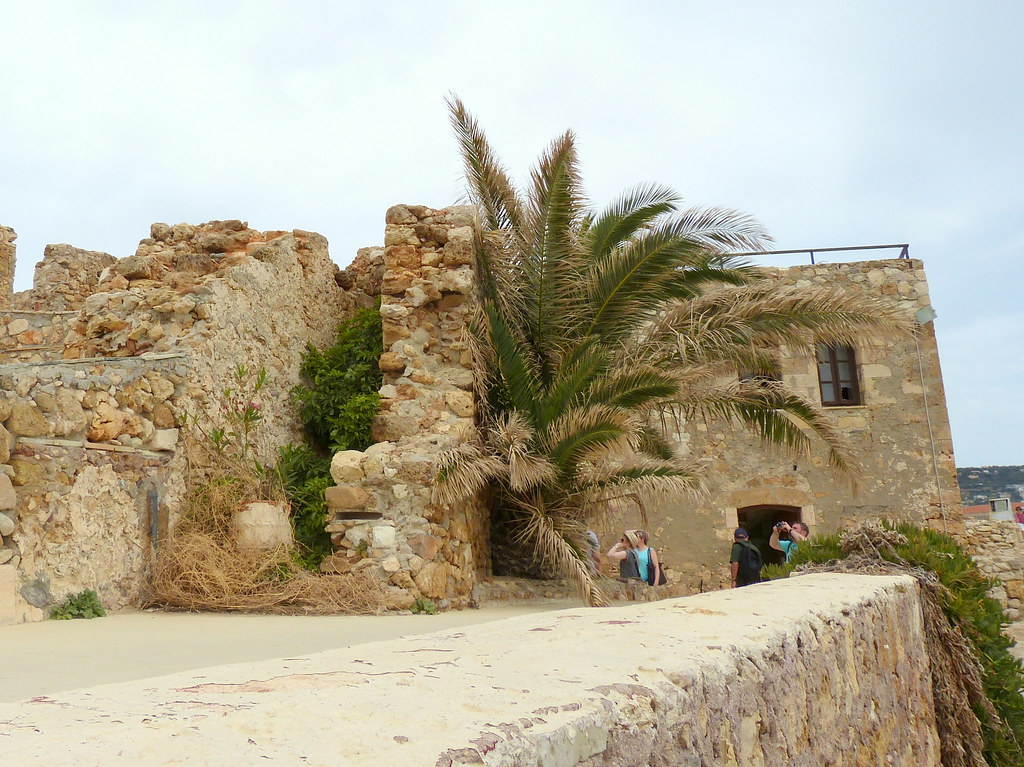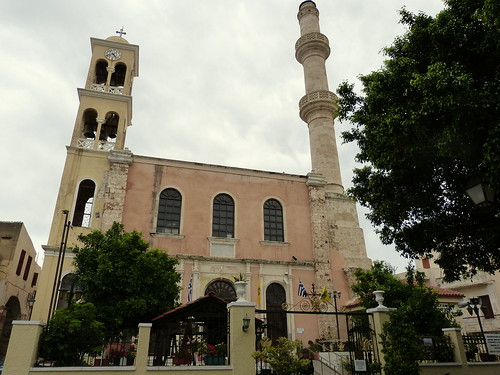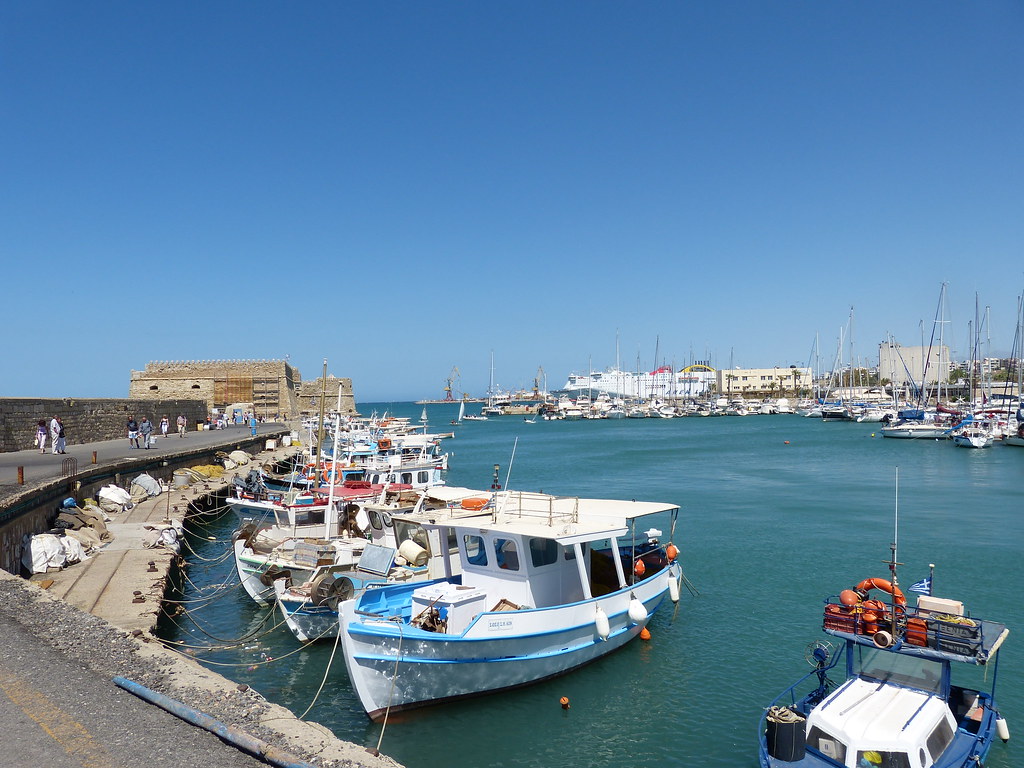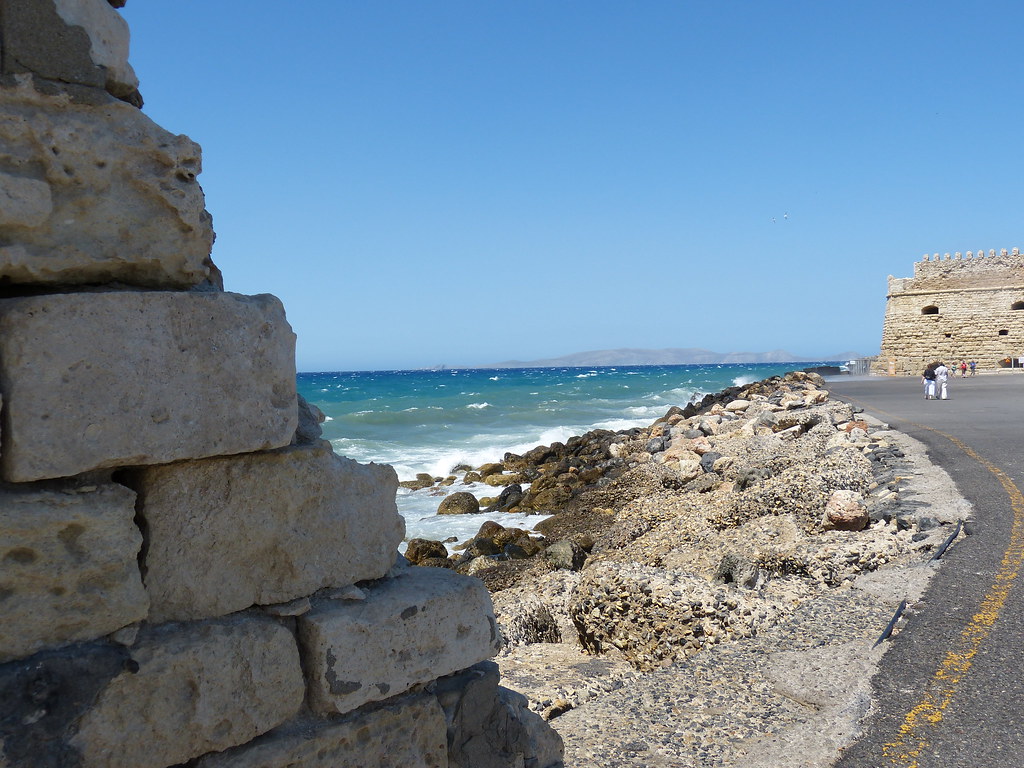One of the most impressive historical sites I have ever seen are the ruins of Delphi in Greece. If you had to pinpoint one obvious thing about the Ancient Greeks that you can still see nowadays, it'd be that they knew where to build their temples. As a matter of fact, Delphi is located on a cliff that overlooks a beautiful valley of cypresses and olive trees, where the green mountains only complement the blueness of the sky. It is so inspirational that it's easy to understand why the ancients believed that this place had a special energy and significance.
 |
| An ancient column among the ruins |
Delphi was the most famous oracle in the ancient world and its location was thought to be the centre of the world. The priestess, known as pythia, intoxicacated by vapours coming from an opening in the earth, would give prophecies to the visitors of the shrine, which had to be translated into beautiful hexameters that were notoriously ambiguous. Many famous people from the ancient times visited the oracle, including Alexander the Great and the Roman emperor Hadrian.
The entrance to the archeological park (12 €, including the museum) gives you the possibility to explore everything. It took me several hours to see Delphi, so my advice is not to come in a rush. I think this place deserves to be seen at a slow pace. Apart from the shrine dedicated to Apollo, you can admire the so called "treasuries", donated by the city states of ancient Greece (like Thebes or Athens), plus the theatre and the stadium, where you can still see the starting blocks. Here, every four years, the most famous athletes competed in the Pythian games, one of the four Panhellenic games.
 |
| The ruins of Delphi |
One of the most beautiful ruins in Delphi is located in a separated area along the road to Arachova and you might miss it if you visit Delphi too quickly. It is the Sanctuary of Athena with its famous tholos (rotunda), a beautiful structure comprising 20 columns on a three-stepped podium. Three of the columns were re-erected in the 1940s to give you an idea of how the temple looked like. It was really worth the detour from the main archeological site to see it.
 |
| The sanctuary of Athena |
A great thing about Delphi is that there is a direct bus from Athens that takes you there in about 3 hours. Unfortunately, if like me you plan to travel to Athens, Delphi and then Meteora further north with public buses, you'll need plenty of patience. Between Delphi and Meteora you'll have to change bus 4 times (Delphi - Anfissa - Lamia - Trikala - Kalambaka)! Unlike other parts of the Balkans, there were no private minivans to avoid this inconvenient route and no hostels in Delphi. Because of this, not many backpackers add it to their list, and I'm not sure if that's a good thing or a bad thing.
Delphi is only a small village, with the ruins at walking distance. Plenty of tourists visit it every day, including many tour buses. The archelogical site and the museum are busy, apart from the first hours of the morning and in the evening. After about 6 in the evening, however, the village becomes very quiet.
I took the unusual decision to spend the night in Delphi, because I enjoy ruins and because so many hours on the bus left me a tight schedule. No one bothers you if you take a walk along its narrow streets and if you stop to admire the breathtaking view of the valley.
 |
| A detail of the sanctuary of Athena |
I took the unusual decision to spend the night in Delphi, because I enjoy ruins and because so many hours on the bus left me a tight schedule. No one bothers you if you take a walk along its narrow streets and if you stop to admire the breathtaking view of the valley.














